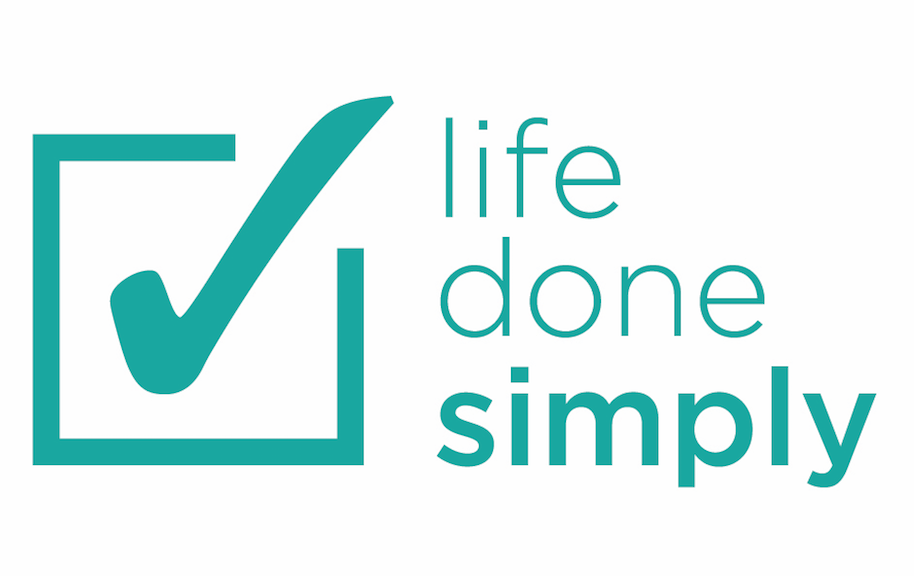5 Biggest Organizing Project Mistakes
/Does this story sound familiar?
Jill decides that today is the day she will finally tackle that decluttering and organizing project lurking in the house. She is motivated by a recent organizing podcast she listened to, and she is ready to make a change!
The project starts smoothly. With a trash bag in hand, Jill is making quick and confident decluttering decisions. All of a sudden, she feels stuck. Jill looks around, and piles of unanswered questions surround her. She begins to get irritable and wonders why this daunting project is falling solely on her shoulders. She begins to have difficulty making decisions.
Jill decides this is a task for another day, so she gets up, leaves the room, and soon forgets where she left off.
What happened here?
Jill underestimated the scope of the project and hadn't prepared a rightsizing plan for her space. She expected motivation and inspiration alone to carry her through to the end of the project, and when that ran out, she was left feeling confused and discouraged.
This is the result of 5 mistakes people make when tackling an organizing project. Instead of getting caught up in the moment and beginning a project impulsively, consider what you need to succeed and avoid these five common mistakes.
Mistake #1 Not defining your intention for your project space
Setting your intention for a space is critical to your rightsizing success. If you don't know how you want the space to function, look, or feel, you cannot make confident decluttering decisions.
Think about these two statements:
I need to clean up this room because it stresses me out.
I want this bedroom to serve as a relaxing retreat for guests at a moment’s notice.
Can you feel the difference between those two statements? The first one is a reaction to a feeling. The second is an intention that has been set based on a feeling. Intentions act as a rightsizing compass when the process becomes challenging.
Get clear on your project goals by writing an intention for your project using this framework:
What do I want to accomplish in this space?
How do I want to feel when I'm in this space?
How do I want this space to look?
Mistake #2 Not communicating your intention with family members or roommates
Even if you're making great strides in your project, family members or roommates can stop you in your tracks. If you don't communicate your project intentions with those around you, they may not understand what you're trying to achieve, and they may inadvertently slow your progress.
Once you have identified your intention for a space, share that intention with them and:
Why it is important to you.
How they might benefit from it.
How they can help.
Mistake #3 Failing to prepare the project workspace
Many people underestimate how much clutter they will be sorting and then donating or discarding during a rightsizing project. Leaving the project space to manage your discard & donate items or to put things away before you are finished making decluttering decisions is a sure way to get distracted and lose focus and momentum.
Keep your focus by setting up these clearly-labeled decision zones:
Rehoming box - For anything that should live elsewhere in the home or belongs to someone outside the home.
Question box - For anything that needs additional input from a family member or roommate.
Disposal bags - For garbage, recycling, shredding, or electronic recycling.
Donation box - For anything you will be donating after the project is complete.
Mistake #4 Strolling down memory lane
A trip down memory lane can be enjoyable, especially when it comes as a surprise. But trips down memory lane have many detours, and we can get lost along the way. Though most sentimental items we keep are filled with positive memories and experiences, be aware that these items might drudge up negative experiences and emotions, too.
Stay focused on your rightsizing intention by:
Consolidating sentimental items in a clearly labeled box and store them out of the way.
Dedicating a specific time to focus only on sentimental items once the project is complete.
Mistake #5 Purchasing organizing tools before the decluttering is complete
It is essential to know precisely how much of something you have before selecting its storage solution. Do not purchase organizing products until you have finished rightsizing your space.
Select proper organizing products using these strategies:
Keep like items together once you are done decluttering and visualize how you would like to access them.
Take photos of categories that need a storage solution so you have something to reference when shopping.
Consider which unorthodox organizing tools you already own, such as mason jars and used gift boxes.
Remember there are no right or wrong answers when rightsizing—only intentional or unintentional decisions. Honor your goal by taking the time to plan out your rightsizing project!
For more project strategies, download my FREE Rightsizing Project Guide + my 6-POINT Rightsizing Blueprint Method™!
Aimee Olson of Life Done Simply is a Productivity and Organizing Coach and is a member of the National Association of Productivity & Organizing Professionals (NAPO). She specializes in Holistic Organizing and Minimalism, Residential Organizing, Workplace Productivity, and Brain-Based Conditions.








